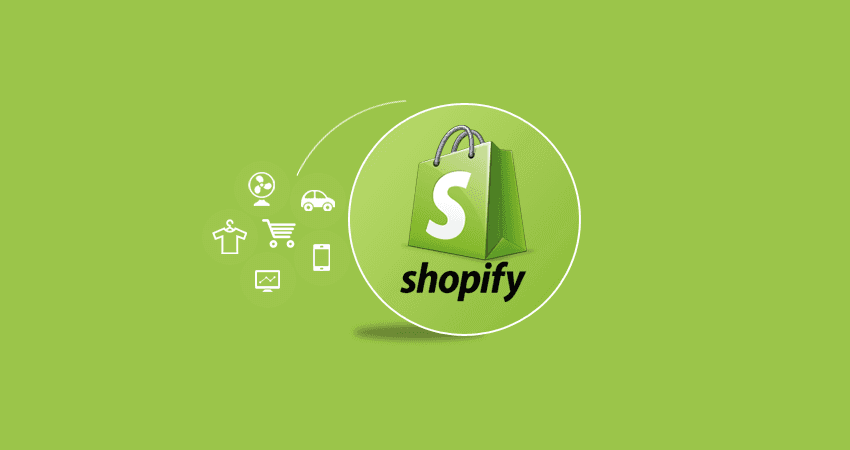Table of Contents
Introduction
In the fast-paced world of e-commerce, every second counts. A slow-loading Shopify store can lead to high bounce rates, decreased user satisfaction, and ultimately, lost sales. Optimizing your store’s PageSpeed is crucial for providing a seamless shopping experience and maximizing your conversion rates. In this blog post, we’ll explore effective strategies to supercharge your Shopify store with optimized PageSpeed.
Why PageSpeed Matters for Your Shopify Store
PageSpeed directly impacts user experience and SEO. A faster-loading store not only keeps visitors engaged but also ranks higher in search engine results. According to Google, a one-second delay in mobile load times can impact conversion rates by up to 20%. Therefore, investing time and effort in improving your store’s speed can yield significant returns.
Conduct a PageSpeed Audit
Before diving into optimizations, conduct a thorough PageSpeed audit using tools like Google PageSpeed Insights, GTmetrix, or Pingdom. These tools provide valuable insights into your store’s current performance and highlight areas for improvement. Pay attention to metrics such as First Contentful Paint (FCP), Speed Index, and Time to Interactive (TTI).
Optimize Images
Images are often the largest assets on a webpage. To optimize them:
- Compress Images: Use tools like TinyPNG or ImageOptim to reduce file sizes without sacrificing quality.
- Use the Right Format: Choose appropriate formats like JPEG for photos and PNG for graphics with transparent backgrounds. Consider using WebP for superior compression.
- Implement Lazy Loading: Load images only when they are about to appear in the viewport to save bandwidth and improve initial load times.
Optimize Your Theme
Your Shopify theme plays a significant role in PageSpeed. Choose a lightweight, well-coded theme that prioritizes speed. Regularly update your theme to benefit from performance improvements and bug fixes. If you’re comfortable with code, consider manually optimizing your theme by removing unnecessary scripts and styles.
Conclusion
PageSpeed optimization is an ongoing process. Regularly monitor your store’s performance and make adjustments as needed. Stay updated with the latest best practices and technological advancements to keep your Shopify store running smoothly and efficiently.

